Honda Drive to Discover 2017 takes us to Bhutan
Honda’s Drive to Discover heads to Bhutan, and Shivank tags along to see if it’s as happy a country as it’s made out to be. The grass is always greener on the other side, isn’t it? But, have you ever considered that this might actually be the case?
Honda’s Drive to Discover heads to Bhutan, and Shivank tags along to see if it’s as happy a country as it’s made out to be.
The grass is always greener on the other side, isn’t it? But, have you ever considered that this might actually be the case? If you happen to live in India, you don’t have to look too far to find such a place. It’s right next door – the land of the thunder dragon, Bhutan.
I was fortunate enough to visit Bhutan on work trip. And by work, I mean to say that I was on a five-day road trip across what’s cracked up to be the world’s Last Shangri-La. I was in Bhutan for the 8th edition of Honda Car India’s Drive to Discover campaign. So far, in all its previous editions, the Drive to Discover travels have been limited to the confines of India. This time, however, Honda ventured further because the drive coincided with the sales milestone of 300,000 cars equipped with its 1.5-litre i-DTEC diesel engine in India. Naturally, then, most of the cars that were part of the journey were diesel variants of the City, Amaze, WR-V and BR-V. There was also a CR-V and Accord Hybrid, but the highlight was the diesel range.
The first day of the drive saw a bunch of journalists fly to Bagdogra in West Bengal. At Bagdogra, I was handed the keys to a BR-V – and our convoy of 12 cars was flagged off to the border town of Phuentsholing in Bhutan. The distance between the two is roughly 160-kilometres, and it took us about four hours to reach our destination for the day. While this route has moderate traffic, North Bengal has some really good roads with lush green surroundings thanks to the tea plantations. It’s only when you enter the chaos of Jaigon – the border town on the Indian side – that you have to tackle bad roads and senseless drivers. Pretty much everything appearing to be out of order here!
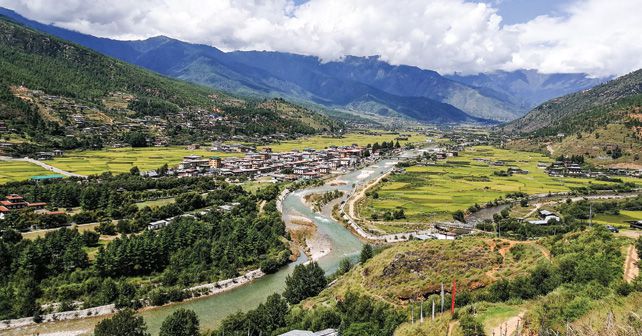
Jaigon is actually just like any other small Indian town. The problem is that it shares a border with Phuentsholing, which is in total contrast to the place. Everything changes drastically when you enter Bhutan. From well-marked roads to law-abiding motorists, and to planned residential buildings – everything is exceptionally well organized. It’s as if you’ve entered into a totally new world in just the space of a few hundred metres. This transition between the borders is a mind-bender of sorts.
Travelling to Bhutan from India requires next to no effort as far as the documentation goes. All you need to do is to be at the regional immigration office in Phuentsholing with two passport size photographs and a government-approved identity proof (Aadhar / voter ID / passport) and you’ll be granted a 7-day permit in no time. And, oh, don’t show up in shorts or a half-sleeve t-shirt without a collar – the Bhutanese apparently take these things very seriously. Not only in government offices, but this also applies when you’re visiting monasteries or any sacred place.
After getting our permits, the next day we headed to the town of Paro. Phuentsholing to Paro is again a 160-kilometre drive. But, unlike the day before, this is a hilly road that literally climbs right above the clouds. And, of course, the landscape is just spellbinding on the way, while the roads are paradise for anyone who loves driving. In addition to that, the Bhutanese are really a well-behaved lot when they’re behind the wheel. Everyone follows traffic rules, and they think logically – for instance, there’s no blocking faster vehicles and nobody uses the high-beam until absolutely necessary. You do, however, need to learn a few new tricks here. For instance, when you’re behind a vehicle and they indicate left, it means that you’re allowed to overtake. And if they indicate right, it means that there’s oncoming traffic. All road users follow this to the T. Again, for someone used to driving on the unruly roads of India, it nearly brought tears to my eyes on seeing such road discipline.
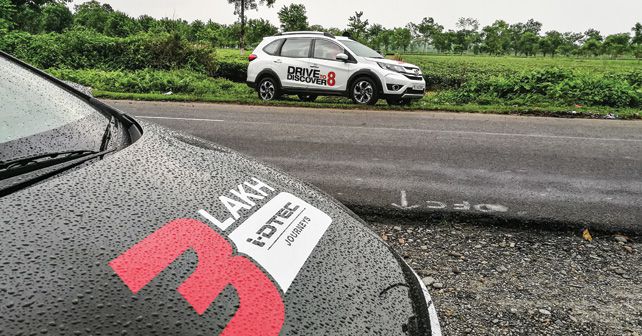
Although the Paro valley, with its many sacred sites and beautiful topography, is a thing to behold, the main attraction of the region has to be the Taktsang Monastery or “The Tiger’s Nest.” Taktsang is located approximately 10 kilometres north of Paro city, at an altitude of about 10,000 feet above sea level. Legend has it that Guru Rimpoche – who is credited for bringing Buddhism to Bhutan – flew to the site atop the back of a tigress and meditated in the cave for three years, three months, three days and three hours in order to subdue the local demons around the place.
As amusing as it may sound, not too long ago I was under the impression that the Tiger’s Nest was just a work of fiction. So, there was no way that I was going to miss the opportunity to visit the place. Sure, the uphill trek literally had my soul separating from my rather unfit body, but somehow I was able to make it to the top. Not only was the view worth the effort, but the monastery is as unreal as I had always thought it to be.
On day 4, we were headed back to Phuentsholing and this was my last chance to drive around the picturesque and mind-blowing roads of Bhutan. The next day we were back in India, and on our way to catch our flight back home.
With the little time that I had spent in Bhutan, it wasn’t at all hard to fall in love with this country. To be honest, it’s not just the sheer beauty of the place – you may find better views elsewhere – but the isolation, self-sufficiency and purity of Bhutan is what makes it both mystical and harmonious. Perhaps that’s why the Bhutanese care more about their country’s Gross National Happiness than its Gross Domestic Product (GDP).
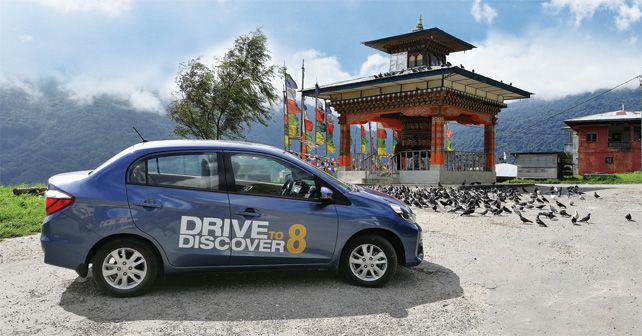
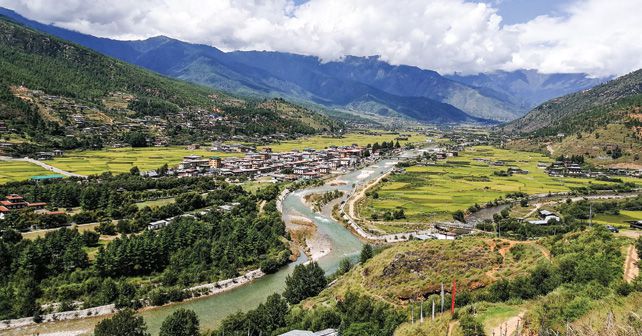


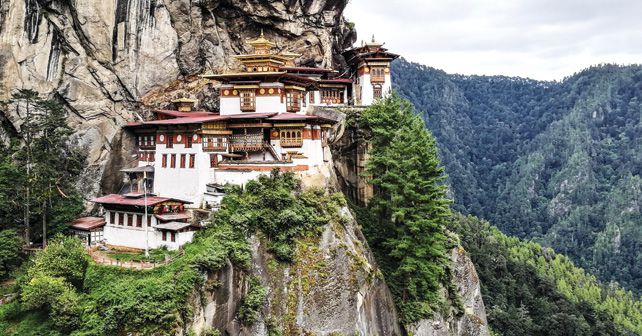
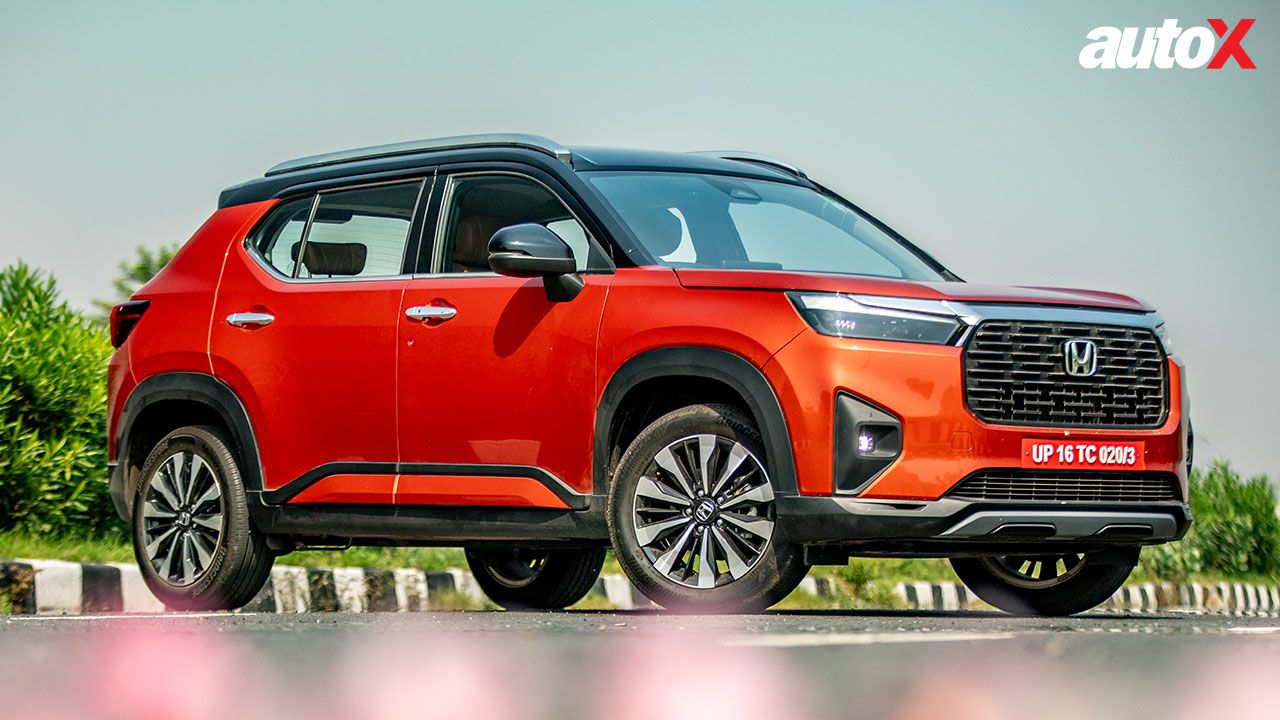
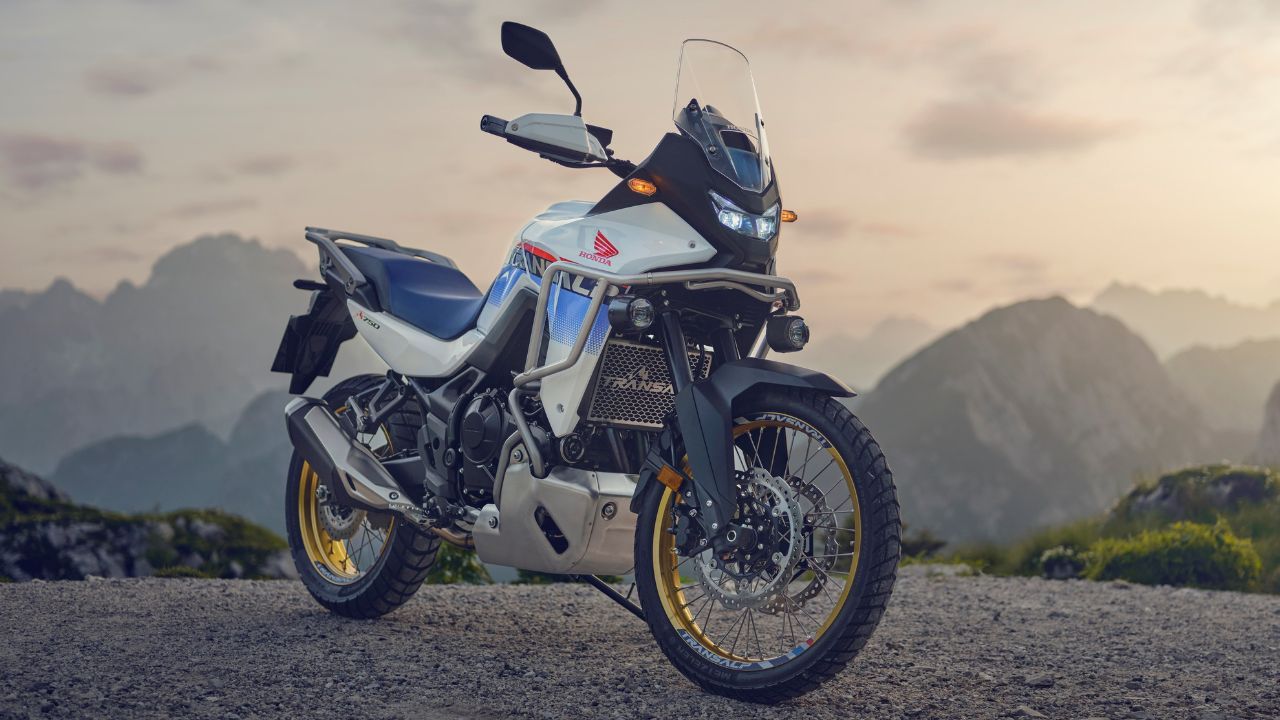

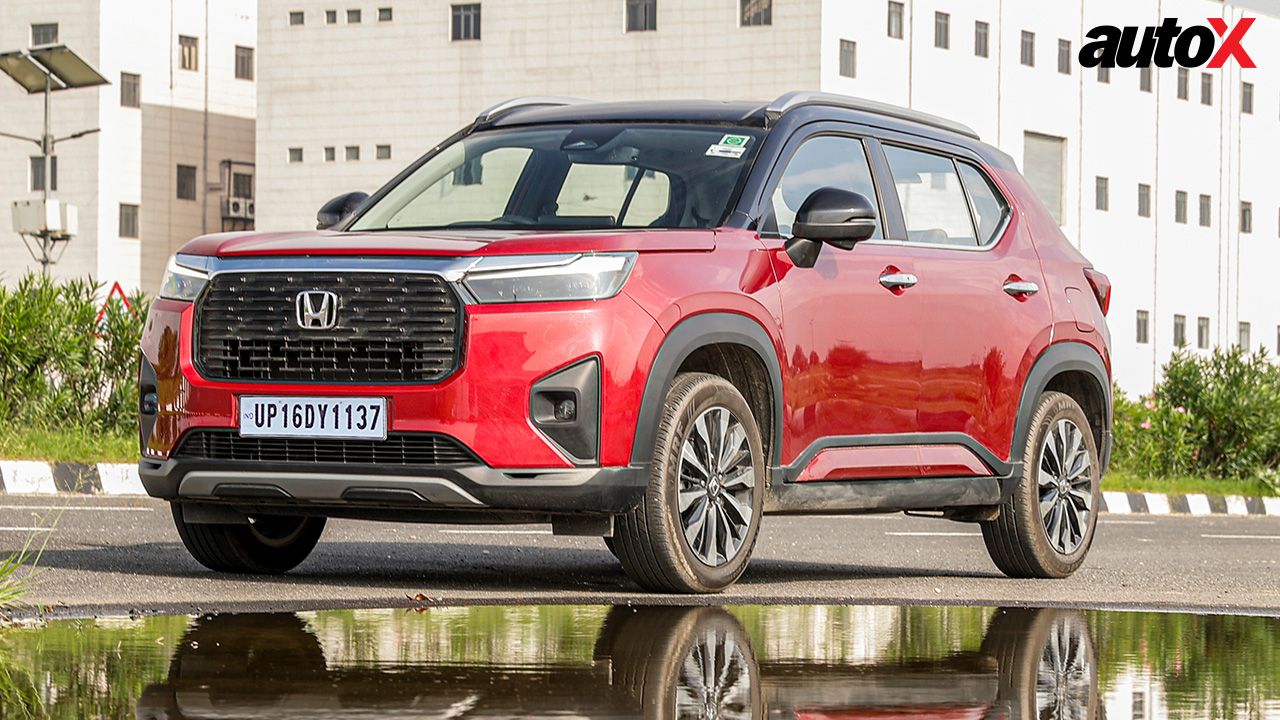
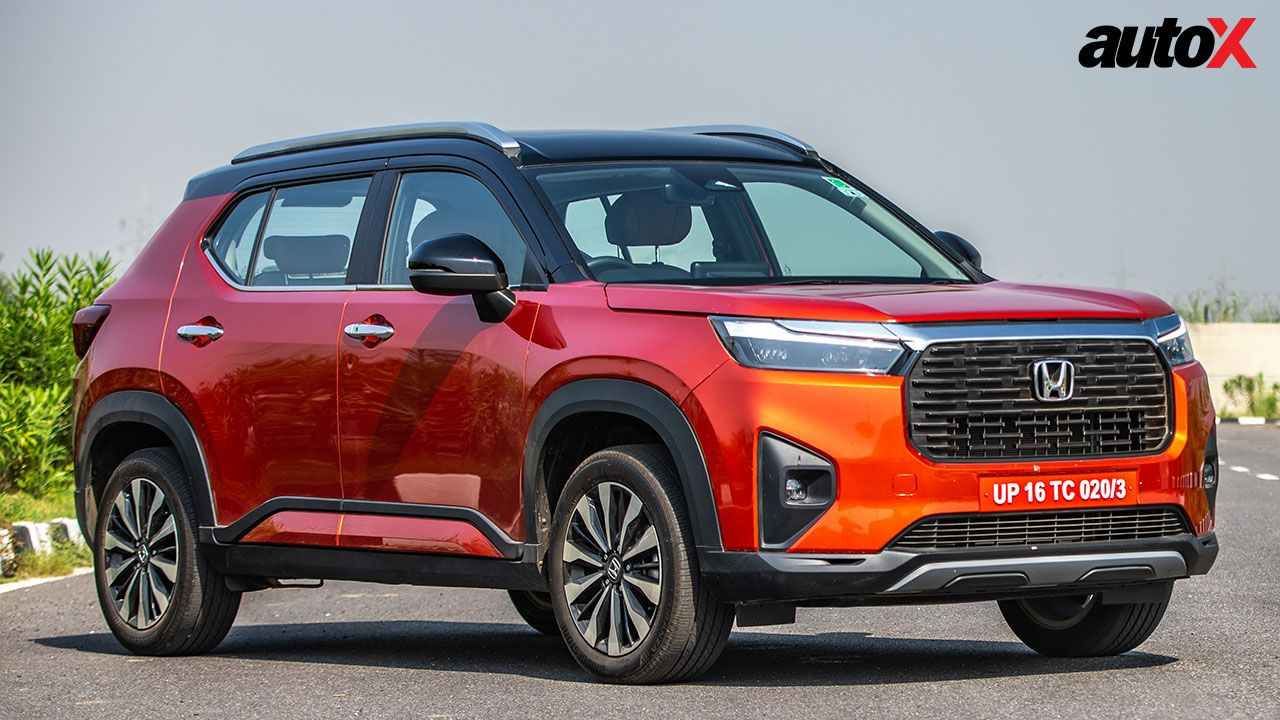
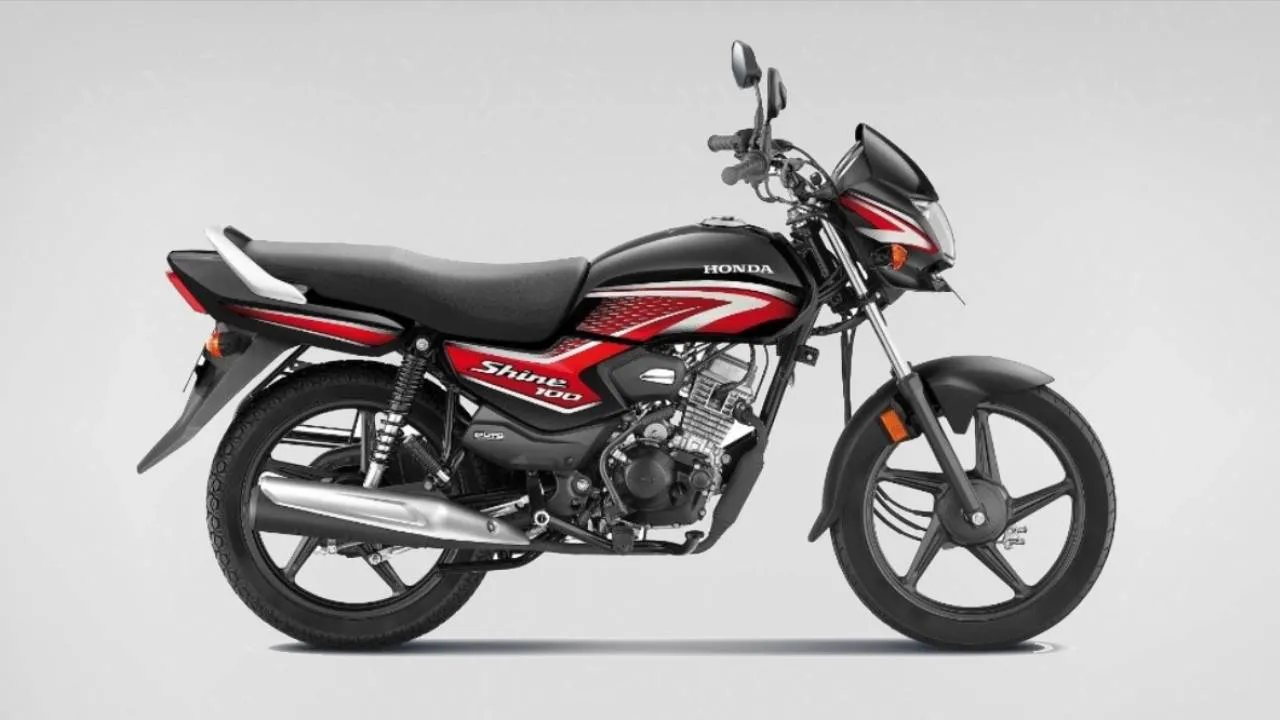





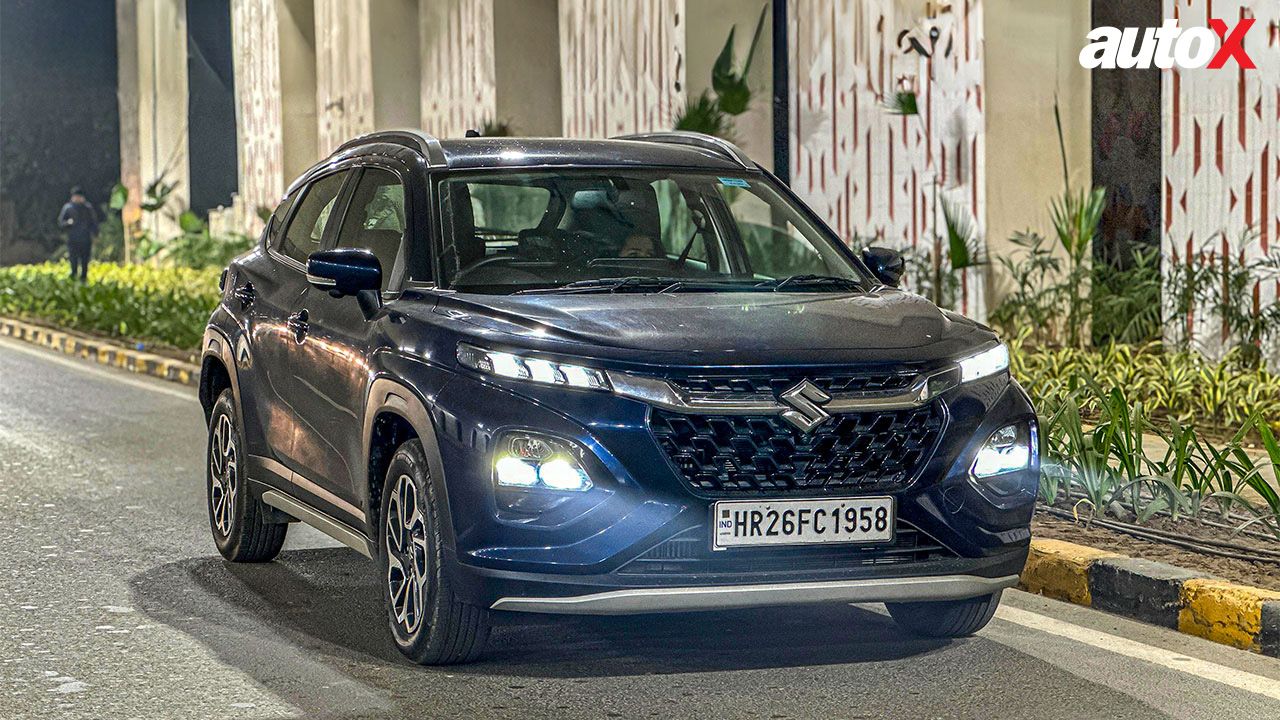
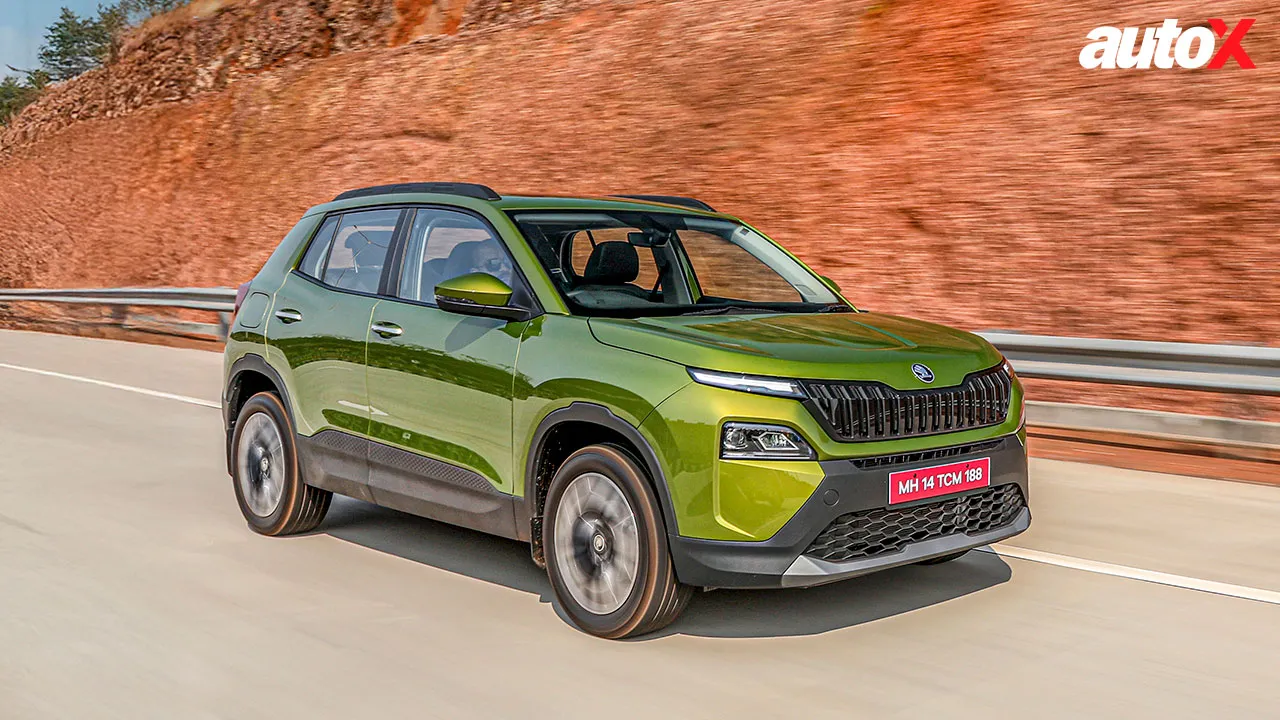

![1741761588921 Jnu6 2024 Hyundai Alcazar [1]](https://images.autox.com/uploads/2025/03/1741761588921-jnu6-2024-Hyundai-Alcazar-[1].webp)
.webp)





Write your Comment on